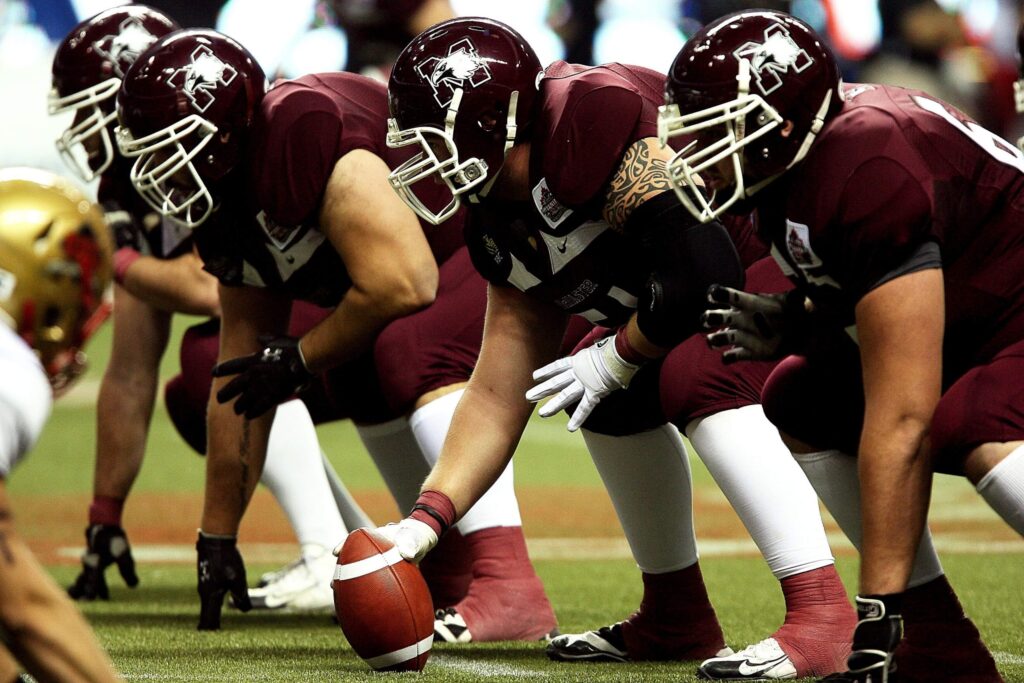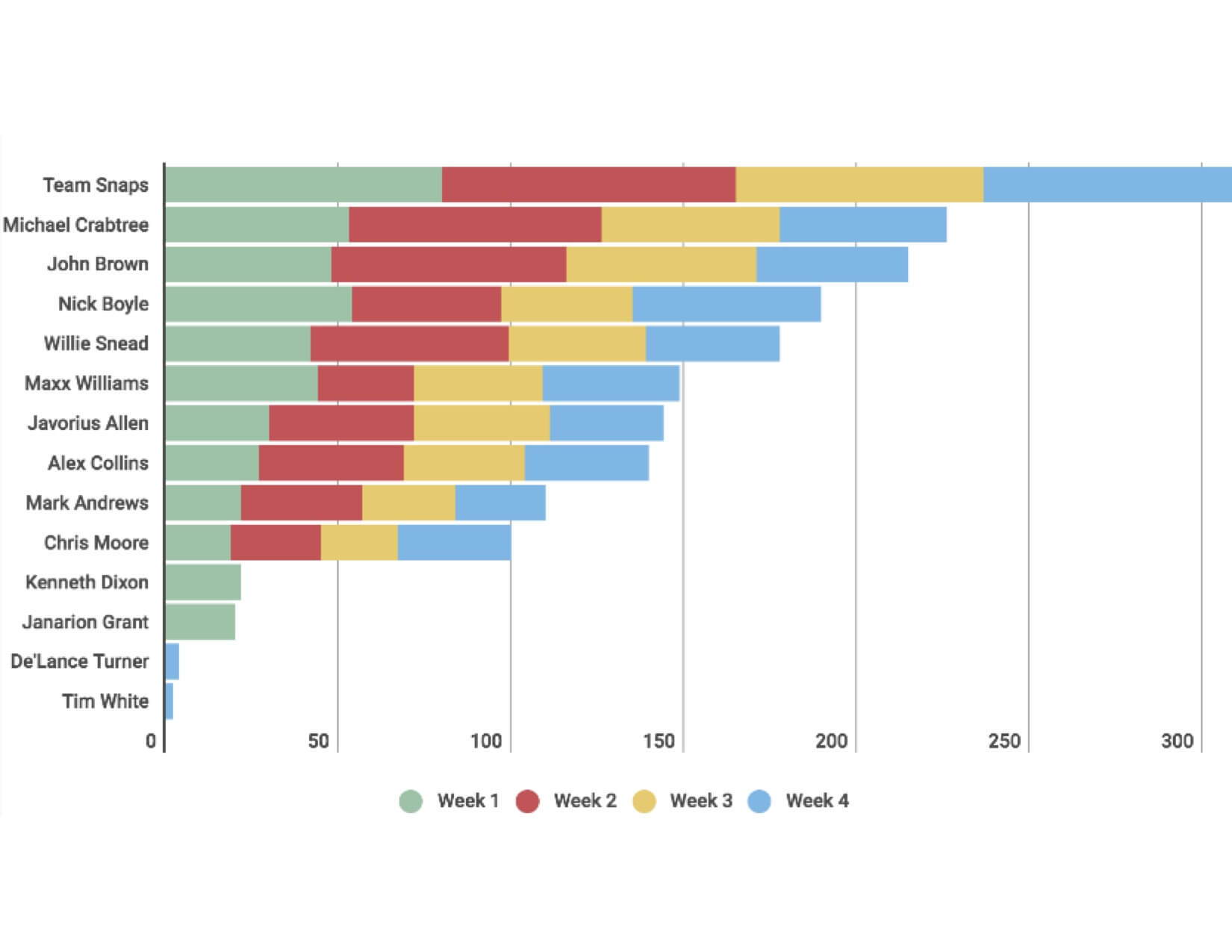
The Super Bowl has come to be staple of American sport and football season is officially upon us. You don’t have to be a fan to know just how wild fans can get and the profits are even wilder. While spectator sports grew into capitalism, data became one of the most valuable assets to football. Even fans are scrutinizing player snaps and points for fantasy football leagues, and that’s just for fun. The serious data analysis tells you how many millions buy season tickets, stream games online, and even what people eat.
Teams are even collaborating with AI to analyze rival teams or risk of injury and pinpointing the sometimes fussy and infuriating play calls (that half the stadium ends up hating). The Super Bowl is a prime example of how data can be commercialized to support a whole industry.
Data says…
The data says it all. Football manages to invade so many corners of society, even if it’s just for one night. Let’s evaluate the surface. Understandably, wings, beer, pizzas, and other Super Bowl essential foods are consumed in massive amounts that translate to hundreds of millions of dollars in sales in one day. It’s the second largest food consumption day in America (only behind Thanksgiving) and first in chicken wing consumption (probably). And this doesn’t even include all the games leading up to the final night. There are also unfortunate side effects of the biggest sports night in the USA and the data is less than ideal. Crime actually spikes on Super Bowl Sunday, which is no surprise with all the drinking, gambling, and thousands of high energy fans crowded in a single stadium. And it should be no surprise that cops will be vigilant about catching drunk drivers on that night. But corporations and businesses remain focused on the profits. Why would any company spend $5 million on 60 seconds of air time? Because it’s the best brand marketing you can do when millions of viewers are tuning in live.
An industry evolves
While data analysis and visualization don’t seem like they belong on the roster, it’s what supercharges the entire industry. How else would Super Bowl Sunday be a 4 hour slot worth billions of dollars? Thanks to the internet, social media, and TV, it’s become easier to become a part of the community and make headlines. Advertisements, sponsored products, entertainment, and even the shared social interaction make the Super Bowl as successful as it is. Spectator sports have commercially transformed to accommodate sponsors, advertisements, and sports centric media channels. What ideally should be based on skill and talent, can sometimes be outshone by super stardom. The narrative of the brand and celebrity-dom changes the sport. You must advertise the player and keep up with PR. Football is so much of a profit powerhouse that one of the most well-paying jobs in the country go to college football coaches who are paid millions and millions. The ads themselves serve as a cultural phenomenon and there are always debates over the halftime show performers. You can’t isolate sports to the arena anymore, so it’s worth a shot to study the data.
Football is profitable
Even college football is worth tens of millions and they’re not even pro. The crowds alone can generate money, but most sports make even more money from other things. It’s what surrounds the sport that predicts profits. Venues want to sell seats and merchandise, stadiums sell food and drink, athletes get brand deals, and so much more. Some people just wait to watch the commercials and even that level of engagement is a commodity.
 The Baltimore Ravens aren’t just the 2012 Super Bowl Champs, they’re also one of the most profitable sports teams in the US, worth about $2.5 billion (and not even the #1 most profitable).
The Baltimore Ravens aren’t just the 2012 Super Bowl Champs, they’re also one of the most profitable sports teams in the US, worth about $2.5 billion (and not even the #1 most profitable).
What if I’m not a fan?
Every company advertising and selling around football season isn’t made up of die-hard football fans. But they are made up of employees looking for business opportunities, and the Super Bowl delivers. Some of the best things to come out of the Super Bowl don’t have anything to do with football. The scandalous 2004 Super Bowl halftime show even inspired the creation of YouTube. So football season is prime example of how data can be commercialized for an entire country, not just for the fans. Maybe you’ll be the next to capitalize on Super Bowl Sunday, you just need to look at the data.
